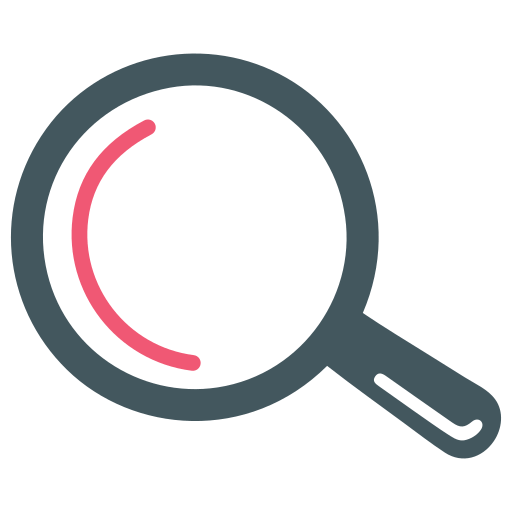
 Customer Success Forecasting is a strategic approach used in customer success management to predict future customer behaviors, outcomes, and trends based on historical data, analytics, and customer insights. This forecasting helps organizations to proactively address potential issues, enhance customer satisfaction, and maximize customer lifetime value.
Customer Success Forecasting is a strategic approach used in customer success management to predict future customer behaviors, outcomes, and trends based on historical data, analytics, and customer insights. This forecasting helps organizations to proactively address potential issues, enhance customer satisfaction, and maximize customer lifetime value.
The process involves the use of data analytics tools and software to analyze patterns from existing customer data, such as product usage, support ticket history, customer feedback, and engagement levels.
By understanding these patterns, companies can predict which customers are at risk of churning, which are likely to upgrade or buy additional services, and how to better tailor customer success resources to meet future needs.

 Case Study 1: Tech Software Inc.
Case Study 1: Tech Software Inc.
Tech Software Inc. implemented customer success forecasting to reduce churn rates. By analyzing usage data, they identified customers who were not utilizing the software to its full potential.
Proactive training sessions were organized for these users, resulting in a 20% decrease in churn rate within a year.
Case Study 2: HealthCo
HealthCo used customer success forecasting to predict which clients might need additional support services by analyzing engagement and feedback data. This allowed them to offer personalized health plans, significantly improving customer satisfaction and retention.
 Implementing effective customer success forecasting involves several best practices:
Implementing effective customer success forecasting involves several best practices:

By implementing these strategies and continuously refining them based on forecasting outcomes, organizations can significantly enhance their customer success initiatives, leading to improved customer retention and increased revenue growth.
Customer Success Forecasting is a strategic approach used in customer success management to predict future customer behaviors, outcomes, and trends based on historical data, analytics, and customer insights. This process helps organizations to proactively address potential issues, optimize customer engagement, and enhance overall customer satisfaction and retention.
Customer Success Forecasting is crucial because it enables businesses to anticipate customer needs and potential churn risks. By understanding these factors, companies can implement targeted interventions to foster loyalty, ensure customer satisfaction, and ultimately drive revenue growth through improved customer retention.
Various tools can be utilized for Customer Success Forecasting, including CRM software, predictive analytics tools, and customer data platforms. These tools help in gathering and analyzing customer interaction data to make informed predictions about future customer behavior.
To improve the accuracy of your Customer Success Forecasting, ensure that you are using high-quality, relevant data and that your predictive models are regularly updated. Additionally, incorporating feedback from customer interactions and integrating it into your forecasting model can enhance its precision and reliability.
Yes, one of the primary applications of Customer Success Forecasting is to predict customer churn. By analyzing patterns in customer behavior and engagement, businesses can identify at-risk customers and proactively engage with them to address their concerns, thereby reducing the likelihood of churn.
In the realm of customer experience management, NPS stands out as a vital tool. It provides actionable insights into customer perceptions and helps businesses identify areas for improvement. By understanding NPS and its implications, companies can develop targeted strategies to enhance customer satisfaction and loyalty.
Net Promoter Score (NPS) and customer segmentation are two powerful tools that help businesses comprehend their customer base better, thereby enabling them to tailor their strategies effectively. In this article, we delve into the intricacies of NPS and customer segmentation, exploring their significance and implications.
In recent years, the Net Promoter Score has proven to be a key metric for customer satisfaction. Tracking customer satisfaction trends using the Net Promoter Score is an important step in creating a customer success culture.
NPS creates the foundation for customer-oriented business success - it makes customer satisfaction measurable and provides results that can be worked with. A satisfied customer has not yet reached the last rung of the success ladder. Because after achieving the state of satisfaction, the professional and emotional work continues.
NPS is more than just a metric; it's a strategic tool that can drive business growth by providing actionable insights into customer behavior. High NPS scores are often correlated with increased customer loyalty, higher retention rates, and positive word-of-mouth referrals.
Understanding and improving customer satisfaction is paramount for any business. NPS surveys with Callexa helps businesses to revolutionize how to gauge customer loyalty and feedback. This case study delves into the successful implementation and the transformative impact this can have on businesses.
Discover how to enhance your marketing with Callexa by setting up effective customer segmentation. Learn to tailor experiences and boost ROI through personalized strategies.
In a perfect world, you would have only customers who are enthusiastic about your products, service, and company. These customers would share their enthusiasm with friends, family, social media contacts, and ideally in the form of a positive customer review. In reality, unfortunately, not all customers are always enthusiastic.
There are voices who claim that NPS® does not work effectively for B2B companies. But on the contrary! The Net Promoter Score® is just as valuable for a B2B company as it is for a B2C brand. But how does the assumption come about?